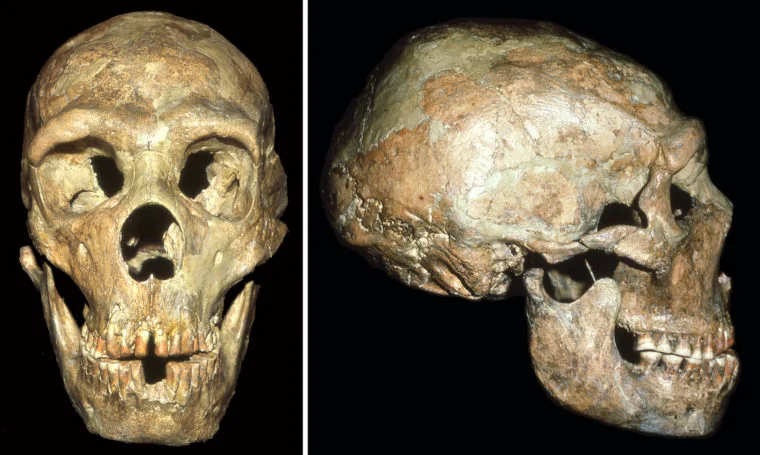
Accretion of SSU rRNA as illustrated by helices 7–10/es3 from species of increasing complexity. A four-way junction at the surface of the common core, formed by helices 7–10, has expanded by accretion. Accretion adds to the previous rRNA core, leaving insertion fingerprints. (A and B) Secondary (A) and 3D (B) structures are preserved upon the addition of new rRNA. (C) Superimposition of the 3D structures highlights how new rRNA accretes with preservation of ancestral rRNA. (D) A characteristic insertion fingerprint is shown in red and blue boxes. In all panels, the rRNA that approximates the common core is blue. An expansion observed in both archaea and eukaryotes is green. An expansion that is observed only in eukaryotes is gold. An additional expansion in higher eukaryotes (mammals) is red.*
A team of scientist from Georgia Institute of Technology, Atlanta, GA, USA believe they are close to solving one of the mysteries of how living systems first arose from chemical precursors. They believe they have identified a small section of the ribosome which is so fundamental that it is common to all living organisms, from the simplest single-celled organisms to the most complex multicellular plants and animals
In short, this looks to be the starting point for life and a structure that was present in LUCA and maybe before it.
Rather than the bottom up approach where scientists have attempted, with limited success so far, to reconstruct the fundamental units from which living systems could have arisen, the team took a top down approach by reverse engineering the cell organelle common to all living cells and therefore almost certainly present from the first moments, maybe even before something that could be called 'living' existed, the ribosome.












